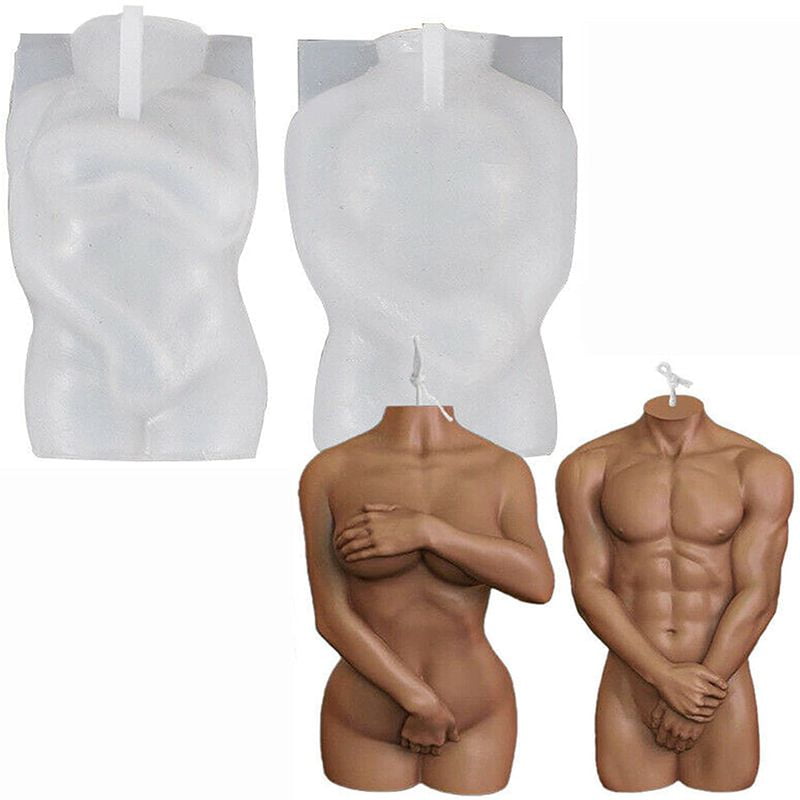


Cosmetic SurgeryĪccording to the American Society for Aesthetic Plastic Surgery (ASAPS), in 2008, Americans underwent 10.2 million cosmetic procedures, paying out just under $12 billion (Mann 2009). In addition, both women and men in the US today are increasingly modifying their bodies through practices such as cosmetic surgery, body piercing, tattooing and tanning. While such restrictive corsetry has gone out of fashion, Western women and girls are now encouraged to discipline and control their bodies with other practices such as extreme dieting and punishing exercise regimes. This practice both reflected ideas about women’s natural frailty and contributed to such notions, as tight lacing left many short of breath and even unable to stand for long periods of time without support. With severely tight lacing, women’s bodies came to “literally incorporate the corset as the ribs and internal organs gradually adapt to its shape” (Riordan, 2007:263). Such corseting was, in fact, a form of permanent body modification. In Western nations during the Victorian era, women were expected to wear stiff corsets in an attempt to obtain the ideal curvaceous feminine figure with broad hips and tiny waists, cinched as small as 12 inches (Riordan, 2007: 263). Other cultures have imposed similarly constrictive and debilitating body modifications on women’s bodies. When China was opened to the West, the process began to die out, and by the 1950s it was largely a relic of the past. Although foot binding essentially crippled the women who underwent the process, parents continued the practice to improve their daughter’s chances of attracting a husband. Men reportedly found the tiny feet, swishy walk, and apparent frailty highly erotic. By the end of the process, women’s feet were usually only a few inches long (Hong 1997). The bandages were changed frequently, maintaining constant pressure. All toes but the big one were broken and folded under. For hundreds of years, foot binding was commonly performed in China on girls, beginning between the ages of 3 and 7 and continuing throughout their lives. Two prominent historical examples of body modification are foot-binding and corseting. Examples of body modifications from around the world include nose piercing associated with Hinduism, neck elongation in Thailand and Africa, henna tattooing in Southeast Asia and the Middle East, tooth filing in Bali, lip piercing and earlobe stretching in Africa, and female and male circumcision in many areas of the world (Larkin 2004 Barker & Barker 2002 Bendle 2004). Historical and Global Contexts of Body Modificationīody modification occurs across the globe today in various forms and for many reasons (Barker & Barker, 2002, p. Additionally, some attempts at body modification can also have unintended negative consequences that might ultimately damage self-esteem. While some seek to improve their body-image, this is not necessarily a motivating factor for everyone who engages in body modification. People may seek to control, “correct” or “perfect” some aspect of their appearance, or to use their bodies as a canvas for creative self-expression. Dieting, body-building, tanning, ear piercing and cosmetic surgery have long been common in the United States, and practices such as tattooing, body piercing and scarification are becoming increasingly popular.


 0 kommentar(er)
0 kommentar(er)
